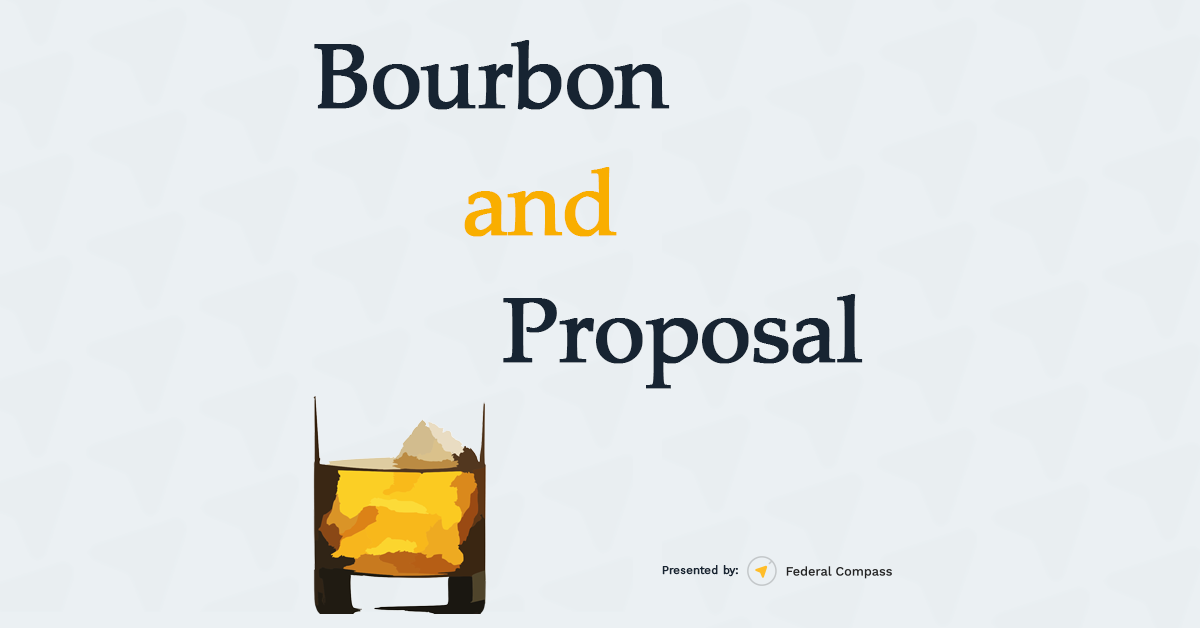Federal Contracting: Where to Start, Where to Go, How to Grow

Navigating the complex world of federal contracting is difficult. I cannot think of a time when anyone ever said it would be easy. As someone who has nowhere near the level of experience of most federal contracting experts or consultants, I have found one element that remains constant. Everyone is always learning. The industry is ever-evolving and the amount of content and available resources is endless.
So, when navigating and trying to learn, where do you turn? How do you not only find information, but make sure it is accurate and up-to-date? Is there a subject matter expert (SME) in-house? Is there a heavy reliance on teaming partners? Is an outside consultant brought in to provide guidance? Those answers can make you feel like Alice in Wonderland going down the rabbit hole.
With so many different sources and knowledge repositories, how do you grow your business within the federal market? Naturally, that answer is never-ending and evolves with time.
Where Do You Turn for Information?
Fortunately, in the world of GovCon, information is free. However, the time it takes to analyze, digest, and implement it all consumes resources and thousands of dollars. SAM.gov, FPDS, and USA Spending are helpful by showing you what the government is looking for, what is out there, what does the government need, and when.
When planning and forecasting, your team wants to sell X amount of goods and services to the government and you want to grow your federal contracting side by X%. Awesome, sounds great! Who buys what you sell though? Not only who buys it, but how much of your target customer's budget is actually spent on goods and services you provide? Take it a step further. How many other businesses are competing for those same award dollars you are? For the cherry on top, are there any vehicles used for procurement?
I am not a GovCon expert nor would I ever pretend to be one, but if there is one thing I do know, it is that if you do business with the federal government, you need to KNOW and understand WHO your customers are. Just because you have seen charts of previous spending and projections for upcoming awards, it does not paint you a full picture of how they buy.
The information and data you have access to is crucial to your team's success. And while I would love for you to sign on with Federal Compass, you may already have a market intelligence platform that fits your needs. At the end of the day, the information and data you analyze needs to support your strategic decisions to help your team win.
Knowing Your Customer
You do not need to know what a contracting officer's favorite color is or what their favorite restaurant is. What you do need to know is if you can compete for the work they seek based on your past performance. You need to dig into your customers to identify opportunities that are a good fit for you, not just opportunities that have a high dollar value.
Based on your identified agencies, NAICS codes, set-aside status, and company strategy, what is it that your identified customers want and buy? The Navy may spend over 180 billion dollars on goods and services, but how much of that can you actually win? Once you break down how they spend and where they go to purchase, what is the probability of you winning a contract with them? What type of language do they use? Does someone on your team understand how they speak and the terminology they use?
How about your relationship with your customer? Do you have an existing relationship, do you have a teaming partner who can introduce you to them, did your contact leave and now you need to be introduced to the new contracting officer? Just because you have worked and won with a customer in the past, it does not mean you are in a prime position for the next opportunity you bid on. Continue to build your relationship with them and stay in contact. If there is one thing in GovCon that remains consistent, it is relationship building and networking.
Growth Through Strategy and Your Pipeline
Once an opportunity has been identified, analyzed, and deemed winnable, what happens next? It goes in your pipeline. Before going a step further, take note that the opportunity has been analyzed and deemed winnable. How valuable is a pipeline if the opportunities in it are not winnable? This heightens the WHY trumping WHAT is in your pipeline.
If your pipeline is filled with an arbitrary amount of opportunities to hit a quota, what is the likelihood of winning? If your team spends time and research efforts to dig into those opportunities and finds out that you cannot win, that could prove to be extremely costly. It is estimated that it costs roughly $64,000 by chasing just ONE bad opportunity. Instead, implement rigid criteria around opportunities entering your pipeline. This helps ensure that what you are chasing has a high PWin and you are dedicating valuable resources to a hopefully fruitful outcome.
It is so easy to get caught chasing dollar signs. Think back to when you won your first government contract. It was probably a great feeling that left your entire organization wanting more. Do not let the "win anything" mentality take over. A majority of federal contracts are won by extremely large companies that have top-notch processes and resources available to ensure every opportunity they pursue is winnable. And not just winnable, profitable.
Creating a sound strategy is what helps your team succeed as a federal contractor. While on the surface it may seem like it is finding opportunities, qualifying them, bidding, winning, performing, and then repeating that over and over. There is so much more to it. But you already knew that.
The government has a never-ending need for products and services and the unique contractors that make up that ecosystem is always growing. The informational landscape, the strategies, the networking, the partnering, the schmoozing... There is a lot that goes into being a successful federal contractor. By no means will it happen overnight, but with the right information, strategic approach, and process, success should come easier to you than others.
Create a strategy, stick to it, and always be ready to change and adapt. Successful businesses adapt over time and evolve as the market and their competitors do. Stagnation is the worst strategy out there.
Download our free eBook to learn more about federal contracting growth strategies for expanding into new markets.

